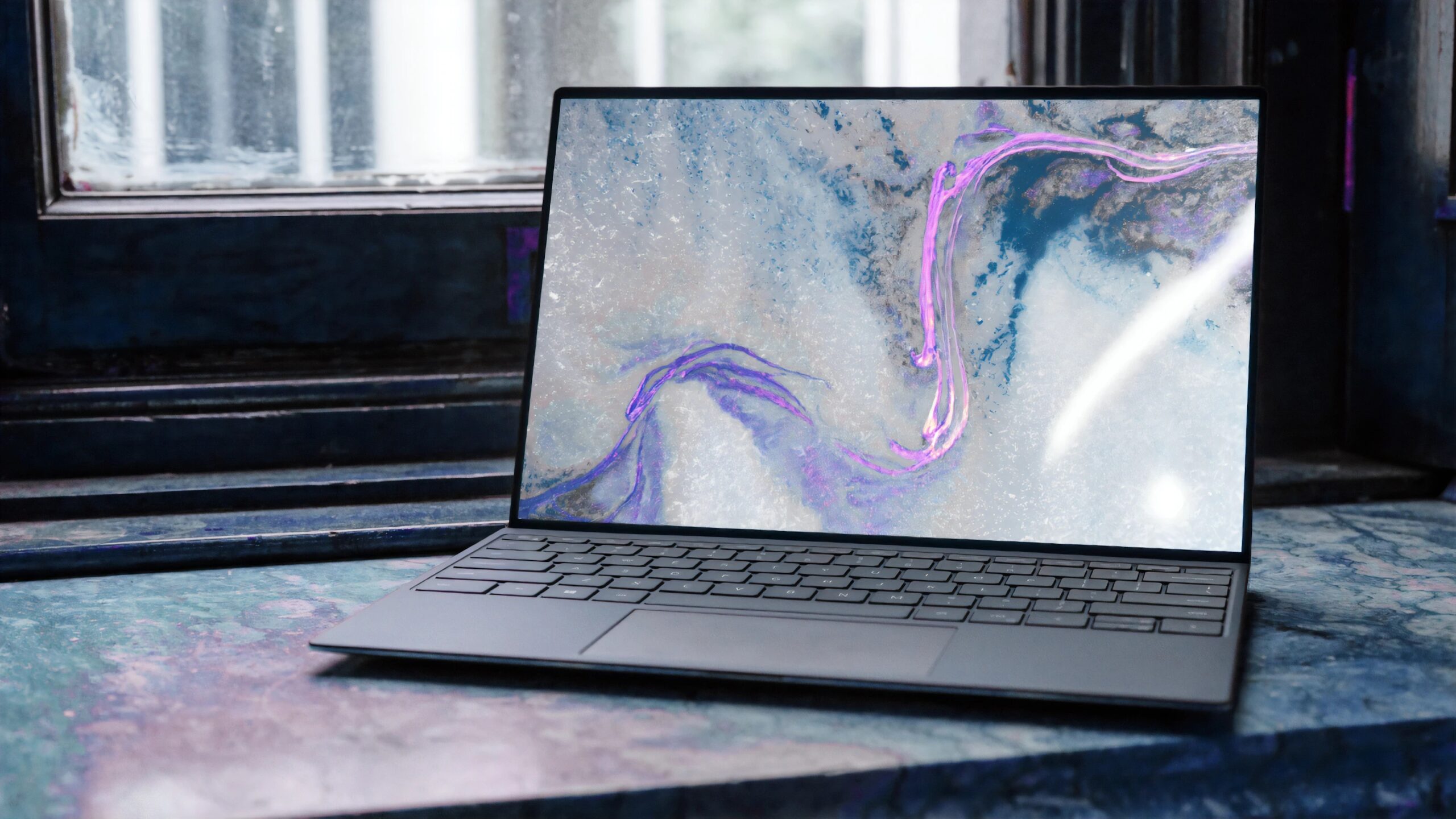How to Choose the Perfect Laptop for Your Needs
In today’s digital age, a reliable laptop is more than just a luxury—it’s a necessity. Whether you’re a seasoned professional, a dedicated student, a creative artist, or an avid gamer, the right laptop can significantly enhance your productivity and enjoyment. However, with so many options available, choosing the perfect laptop can be daunting. This comprehensive guide will help you navigate through the critical factors to consider when selecting a laptop that best suits your needs.
1. Determining Your Budget
Before diving into the specifics, it’s essential to set a budget. Laptops range from a few hundred to several thousand dollars, so defining what you’re willing to spend can streamline your choices.
– Budget Range: Outline your maximum and minimum budget.
– Entry-level laptops: £250 – £600.
– Mid-range laptops: £600 – £1,200.
– High-end laptops: £1,200 and above.
Your budget will directly influence the laptop’s specifications and capabilities, so it’s a practical first step in your decision-making process.
2. Identifying Your Usage Requirements
Knowing how you intend to use your laptop will help determine what features and specifications to prioritise. Here are some common user types and their corresponding needs:
– Students: May prioritise battery life, portability, and affordability. A laptop with good performance for note-taking, web browsing, and media consumption is ideal.
– Business Professionals: Durability, security features, and efficient multitasking capabilities are crucial. Look for laptops with robust build quality, excellent keyboard, and reliable performance.
– Gamers: Require high-performance GPUs, fast processors, and ample RAM. Displays with high refresh rates and resolution are also important.
– Creative Professionals: High-resolution displays, powerful CPUs, and substantial memory and storage are necessary. Consider specialized features like color accuracy for graphic design or video editing.
– General Use: A balanced approach, focusing on a mix of good performance, decent battery life, and versatility.

3. Choosing the Right Operating System
The operating system (OS) will shape your overall user experience, so it’s vital to choose one that aligns with your preferences and needs:
– Windows: The most versatile OS, compatible with a wide range of software and hardware. Suitable for gaming, business use, and general purposes.
– macOS: Known for its sleek design and user-friendly interface, often preferred by creative professionals. Seamlessly integrates with other Apple products.
– Chrome OS: Lightweight and secure OS designed for users who primarily depend on cloud services. Ideal for students and basic everyday tasks.
Each OS has its own set of benefits and potential drawbacks, so consider which environment you’re most comfortable with.
4. Examining Key Specifications
Digging into the specifications is critical to ensure the laptop can handle your intended tasks. Here are the most important components to consider:
– Processor (CPU): The CPU is the brain of your laptop.
– Intel: Core i3 for basic use, Core i5 for mid-range, and Core i7/i9 for high-end performance.
– AMD: Ryzen 3 for entry-level, Ryzen 5 for balanced performance, and Ryzen 7/9 for demanding tasks.
– Memory (RAM): Memory affects multitasking.
– 8GB is generally sufficient for everyday use.
– 16GB or more is recommended for gaming, graphic design, and heavy multitasking.
– Storage: SSDs (Solid State Drives) are faster and more reliable than traditional HDDs (Hard Disk Drives).
– 256GB SSD for basic use.
– 512GB or more for storing large files, games, or extensive software.
– Graphics Card (GPU): Essential for gaming and professional design work.
– Integrated GPUs are fine for basic tasks.
– Dedicated GPUs like NVIDIA GeForce or AMD Radeon are needed for gaming and graphic-intensive applications.
5. Considering Size and Weight
Portability might be a priority, especially if you’re frequently on the move:
– Ultraportable Laptops: Typically 13-14 inches, weighing around 2-3 pounds. Ideal for traveling and carrying around.
– Standard Laptops: 15 inches, weighing around 4-5 pounds. Offers a balance between portability and screen real estate.
– Large Laptops: 17 inches or more, often weighing over 6 pounds. Best for gaming and professional use where screen size is crucial.
6. Evaluating Battery Life
Good battery life ensures your laptop can support you through long hours without needing a recharge:
– Ultra-portable Laptops: Often offer 8-12 hours of battery life.
– Standard Laptops: Typically provide 6-10 hours.
– High-Performance Laptops: Power-hungry models, like gaming laptops, might only last 3-5 hours on a single charge.
Check reviews and manufacturer claims for actual battery performance, as it can vary based on usage.
7. Examining Keyboard and Touchpad Quality
If you type a lot, the keyboard quality is crucial:
– Keyboard: Look for comfortable key travel and responsiveness. Consider backlit keyboards if you work in low-light environments.
– Touchpad: A good touchpad should be responsive, offer multi-touch gesture support, and have a smooth surface.
8. Considering Display Quality
The display quality dramatically influences your user experience:
– Resolution: Full HD (1920×1080) is standard and sufficient for most users. Higher resolutions like 4K (3840×2160) are great for graphic design and media consumption.
– Panel Type:
– IPS panels offer better colour accuracy and viewing angles.
– TN panels might be cheaper but can suffer from poorer colour reproduction and viewing angles.
– OLED displays provide excellent contrast and colour but are typically more expensive.
9. Exploring Additional Features
Additional features can enhance your laptop experience:
– Ports: Ensure the laptop has enough USB ports and other connections (HDMI, Ethernet, headphone jack).
– Webcam and Microphone: Important for video conferencing.
– Build Quality and Design: Premium materials like aluminium add to the durability and aesthetic appeal.
10. Researching Brands and Warranties
Choose a brand with a good reputation for quality and customer service:
– Brands: Lenovo, Dell, HP, and Apple are known for their reliability.
– Warranty and Support: A good warranty and reliable customer support can save you trouble if something goes wrong.
Conclusion
Selecting the perfect laptop involves balancing your needs, preferences, and budget. The ideal choice should support your daily tasks, offer a smooth user experience, and be reliable for years to come. By carefully considering the factors outlined above, you’ll be well-equipped to make an informed decision.
Affiliate Disclaimer
This post contains affiliate links. If you click through and make a purchase, we may earn a commission at no extra cost to you. Rest assured, we only recommend products we genuinely believe in. Thank you for supporting our site!


